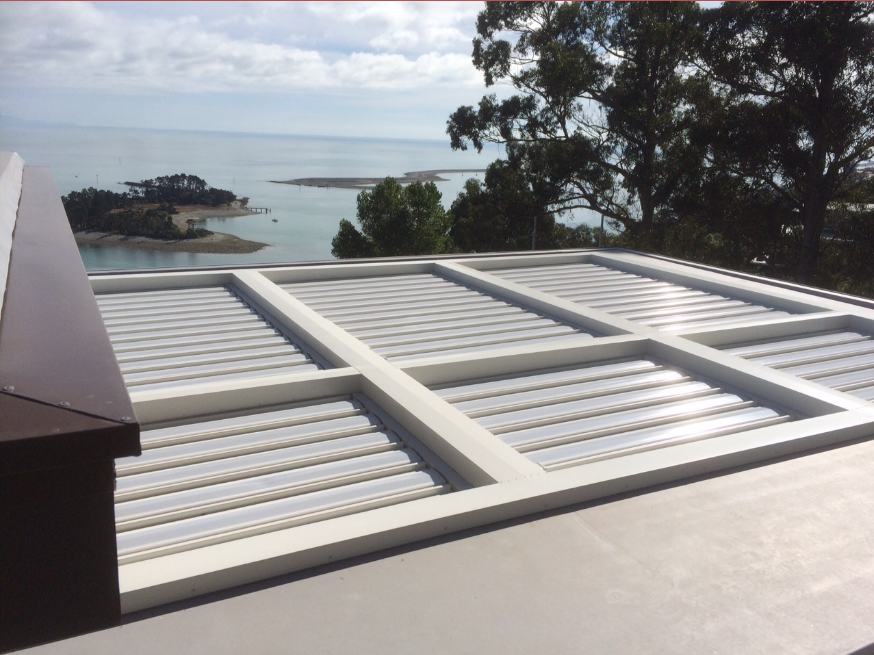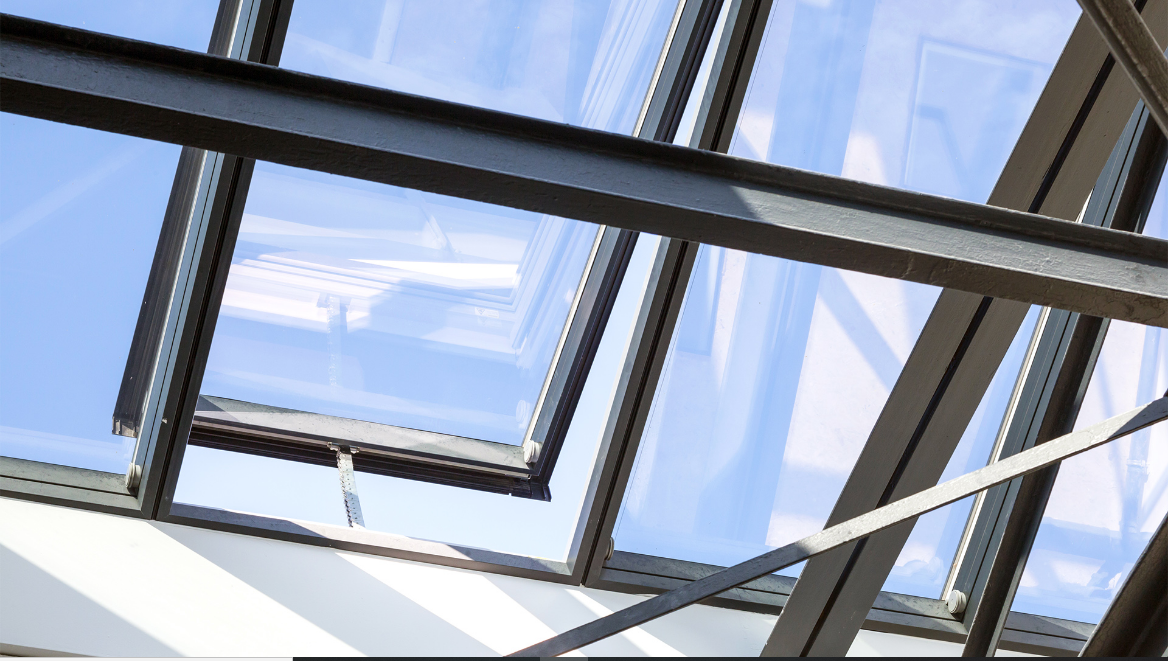Which Is The Best Ventilation System Used On The Roofs In Nz?
There are three main types of ventilation systems in NZ used on roofs, ridge vents, gable vents, and soffit vents. Ridge vents are the most common type, and they work by allowing hot air to escape from the roof ridge. Gable vents are located on the gable end of the roof, and they allow hot air to escape through the attic.
Soffit vents are located under the eaves of the roof, and they allow cool air to enter the attic. The best ventilation system for your roof depends on your climate and the type of roof you have. In hot climates, ridge vents are considered the best to use and in cold climates, soffit vents operate in the best manner.
The roof ventilation systems help to reduce the heat in a building
There are many different types of ventilation systems used on roofs, and each has its own advantages and disadvantages. One common type of roof ventilation system is the roof hatch. This system consists of a small door or window that is installed on the roof, allowing people inside the building to access the roof and make repairs or adjustments.

Roof hatches are a popular choice in warm climates, where they can be used to provide ventilation and cooling. Another common type of ventilation system is the solar-powered vents that operate with the help of solar energy. In this type of ventilation system, the professionals that install the ventilation system in a building also install the solar system along with the roof vent. Nowadays, most people are preferring to install this kind of ventilation system.
What are the major benefits of installing ventilation systems?
There are many benefits of installing ventilation systems in both residential and commercial buildings. Some of the most important benefits include:
Improved air quality: Proper ventilation helps to circulate fresh air and remove pollutants, which can improve the air quality in a building. This is especially important for people with allergies or asthma and can help to reduce the number of sick days taken by employees.
Energy savings: Proper ventilation can help to regulate the temperature in a building, which can lead to energy savings. In warm climates, proper ventilation can help to keep a building cooler.
Reduced fire risk: Proper ventilation system in NZ can help to remove flammable gases and particles from the air of a building. It increases the overall air quality breathed in.
Visit our Website for more information.
